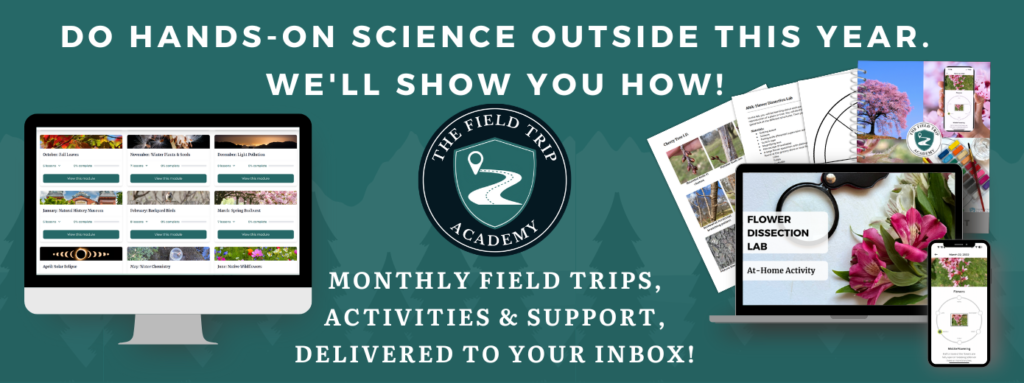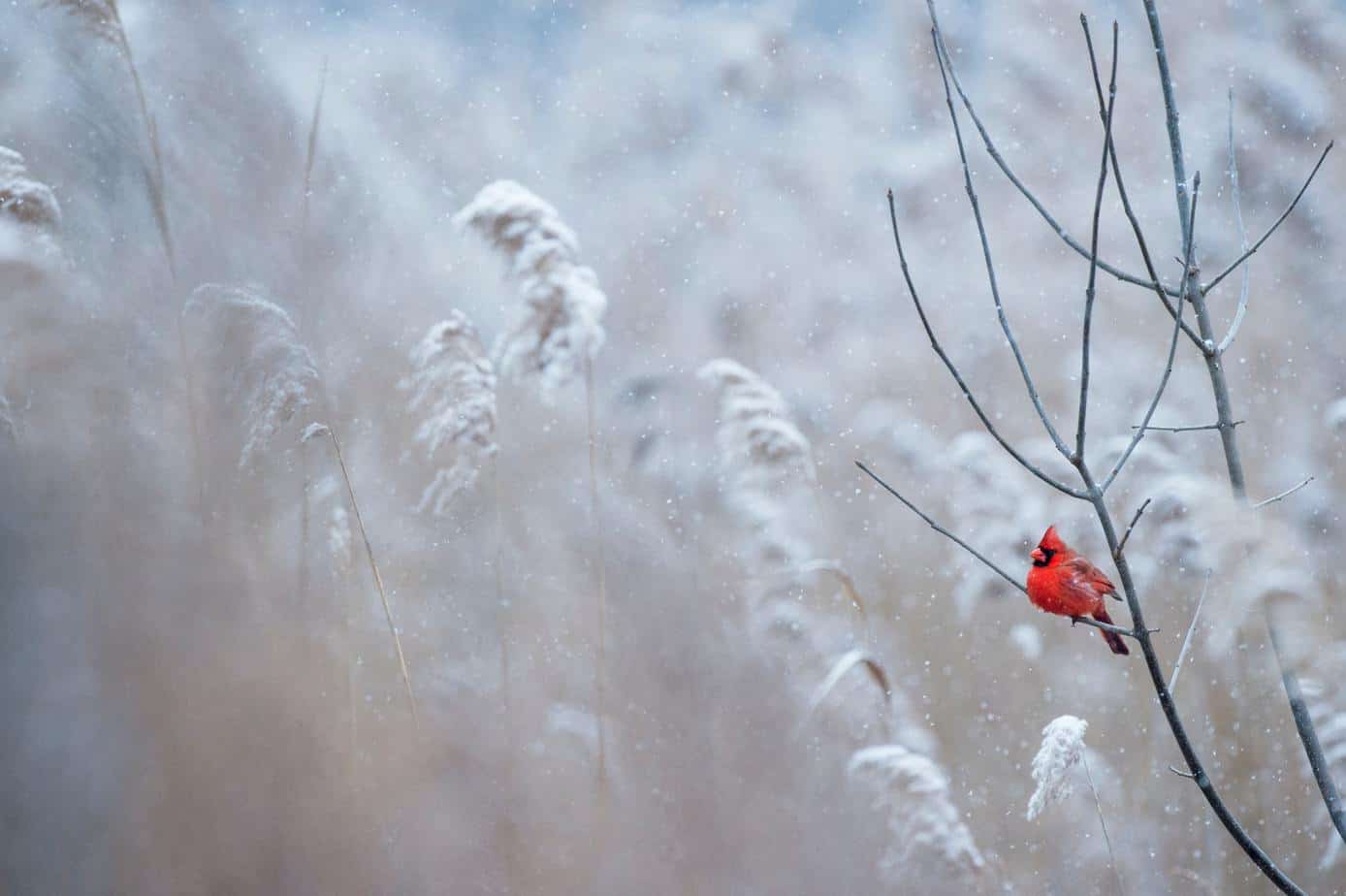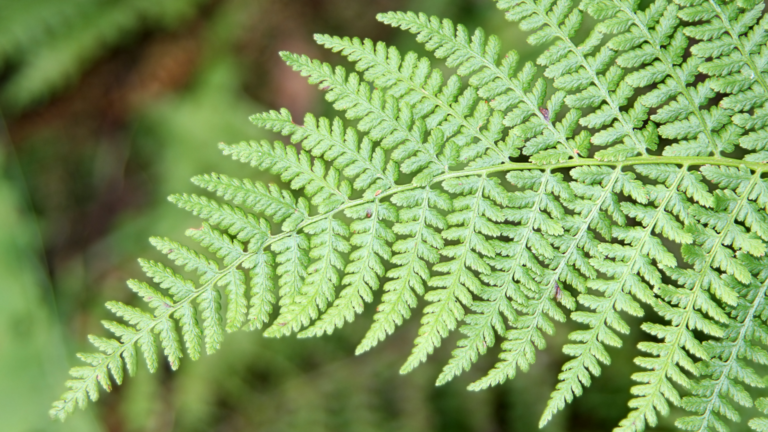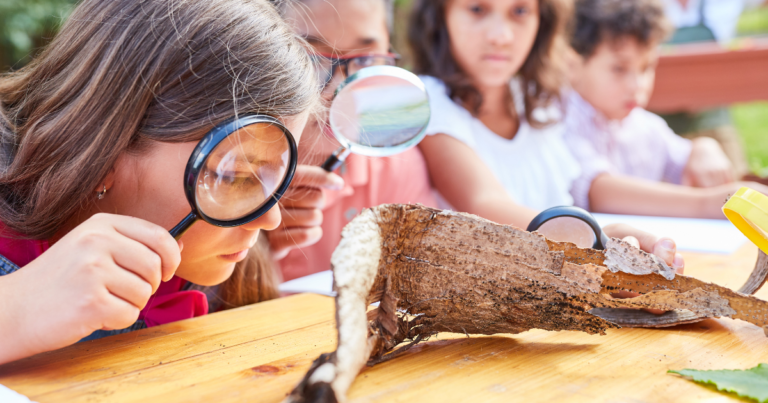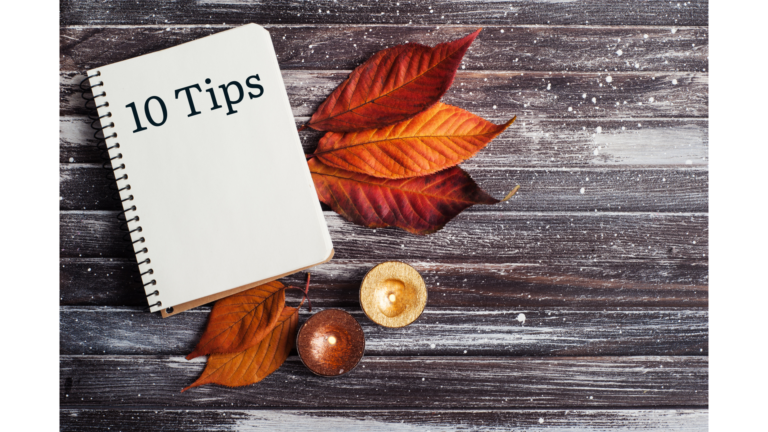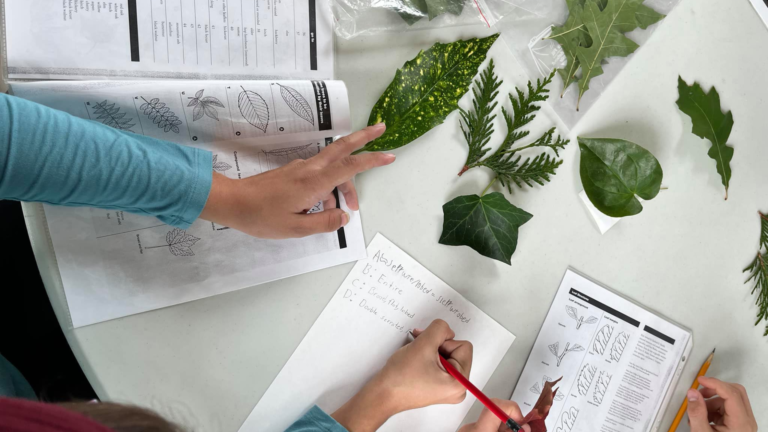How to Teach About Earth Science Using Current Events
Earth science isn’t just about ancient history—it’s happening right now all over the world. By connecting lessons to current events like earthquakes, volcanoes, and floods, your kids can see earth science in action. They can understand how Earth’s dynamic processes shape the landscape. These events directly impact the types of rocks that are formed, deformed, and weathered over time. Let’s explore how to teach about these events, what types of rocks are involved, and real-world examples from recent times.
The Earth Science of Earthquakes: Shaking the Ground
Earthquakes happen when there is a sudden release of energy in the Earth’s crust, usually caused by the movement of tectonic plates (Tectonic plates are large, rigid pieces of Earth’s outer shell that slowly move over the softer, semi-fluid layer beneath them). These movements often happen along faults, which are fractures in the rock where the plates meet.

Earthquakes affect all types of rocks—igneous, sedimentary, and metamorphic—depending on the region. The extreme pressure and stress can crush, break, or even alter rocks enough that they become metamorphic rocks.
For example, in February 2023, Humboldt County, California, experienced a 6.4 magnitude earthquake that caused damage to infrastructure and buildings.
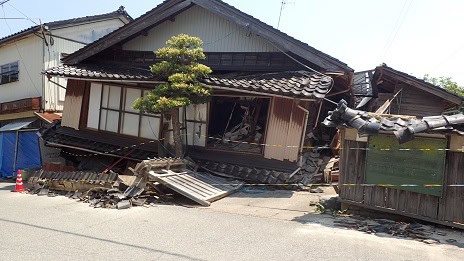
Similarly, in 2024, a 7.5 magnitude earthquake in Ishikawa, Japan, caused over 1500 deaths and injuries. Its aftermath included widespread fires and significant building damage.
(内閣府ホームページ利用規約, CC BY 4.0 via Wikimedia Commons)
Volcanoes: Creating New Land
Volcanoes are a key way to teach about igneous rocks. New igneous rocks form, like basalt and pumice, when a volcano erupts and molten rock (magma) from deep within the Earth reaches the surface and cools.

This is happening in real-time in places like Hawaii, where Mt. Kīlauea continued its eruptions in 2023. These frequent lava flows are constantly reshaping the landscape and provide a real-world example of how igneous rocks are formed.
Another significant volcanic event occurred in 2024 in Iceland’s Reykjanes Peninsula, which saw its sixth volcanic eruption of the year. As a result, the lava flows created new landforms, reminding us of the power of volcanic activity in shaping the Earth.
Floods: Erosion and Sedimentation
Flooding may not seem as dramatic as an earthquake or volcano, but it plays a huge role in shaping the landscape. Floodwaters carry sediment—small particles of rock, sand, and soil—which get deposited in new layers over time, forming sedimentary rocks like sandstone and shale. Floods also cause erosion, wearing down rocks and landforms.

In 2023, severe flooding along the Mississippi River affected many communities, displacing residents and causing significant property damage. More recently, in 2024, floods in Morocco’s Drâa-Tafilalet region led to the erosion of sedimentary rock layers and widespread landscape changes.
Earth Science made easy.
Teaching earth science through current events like earthquakes, volcanoes, and floods helps make the subject more engaging and relevant for students. By connecting these events to the types of rocks involved—igneous, sedimentary, and metamorphic—students can better understand Earth’s processes. Whether it’s an earthquake in California, a volcanic eruption in Iceland, or flooding along the Mississippi River, these real-world examples demonstrate how geology is not just a subject of the past but a force that continues to shape our world today.
Ready to relate earth science to real world events? Grab your copy of our Rock Identification Mini-Book to learn about 27 common igneous, sedimentary, and metamorphic rocks. Then head out on a field trip to look for rocks. Not sure how to get started? Check out our blog, “10 Tips on How to Plan a Science Field Trip” for inspiration.
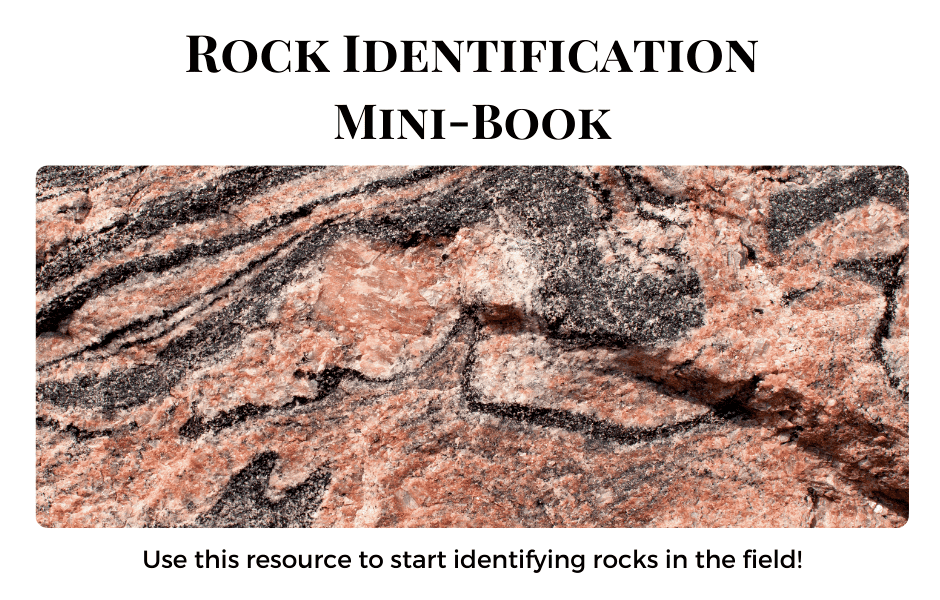
Would you prefer someone else to help you teach your kids about earth science? We have a Rocks Module which includes lessons and instructional videos, a hands-on field trip, activities, and STEM projects related to earth science. It is part of our monthly Field Trip Science Membership. Together, with you, we can make nature study fun, educational and related to everyday events for kids of all ages. Won’t you try us out?
